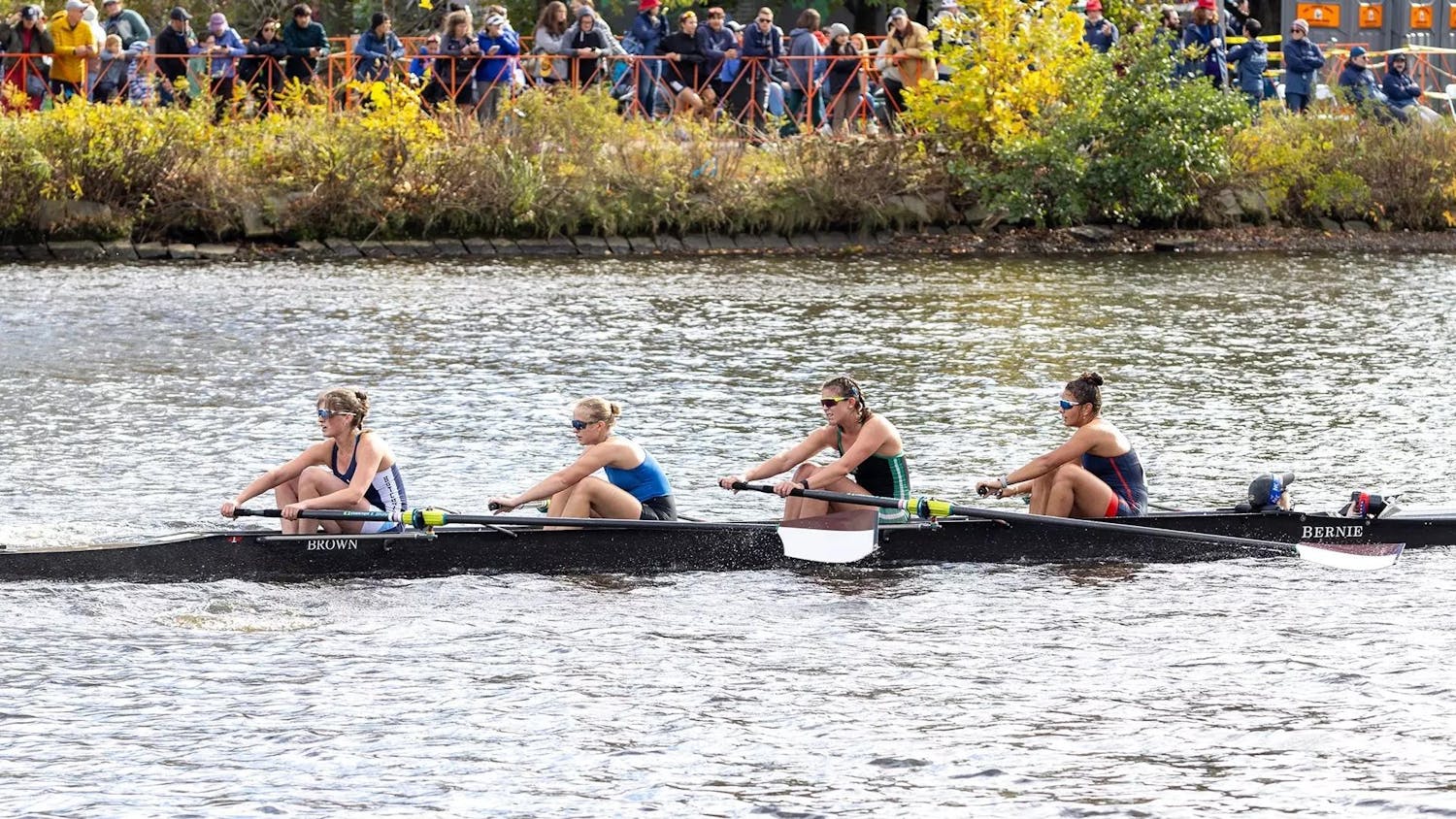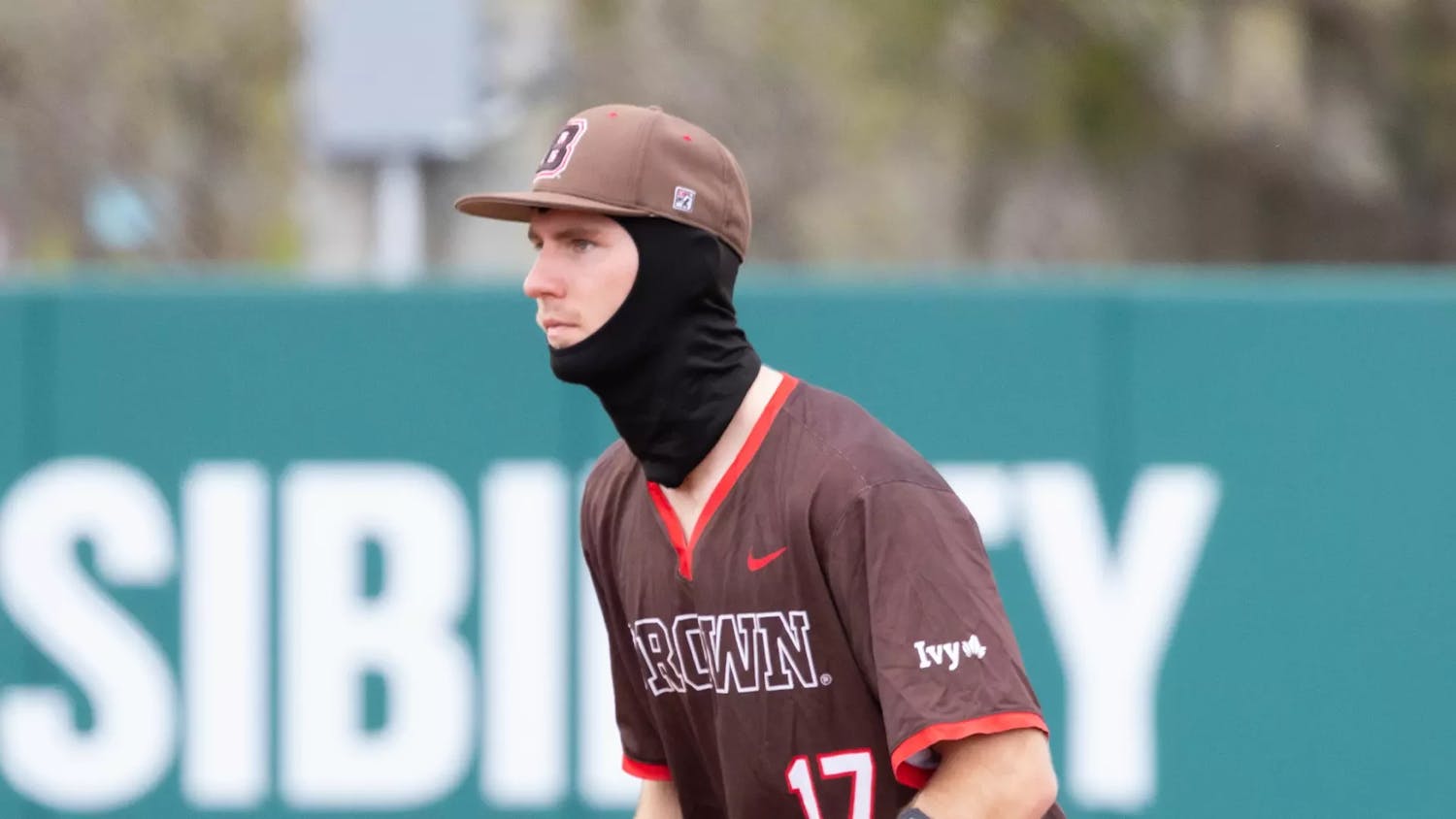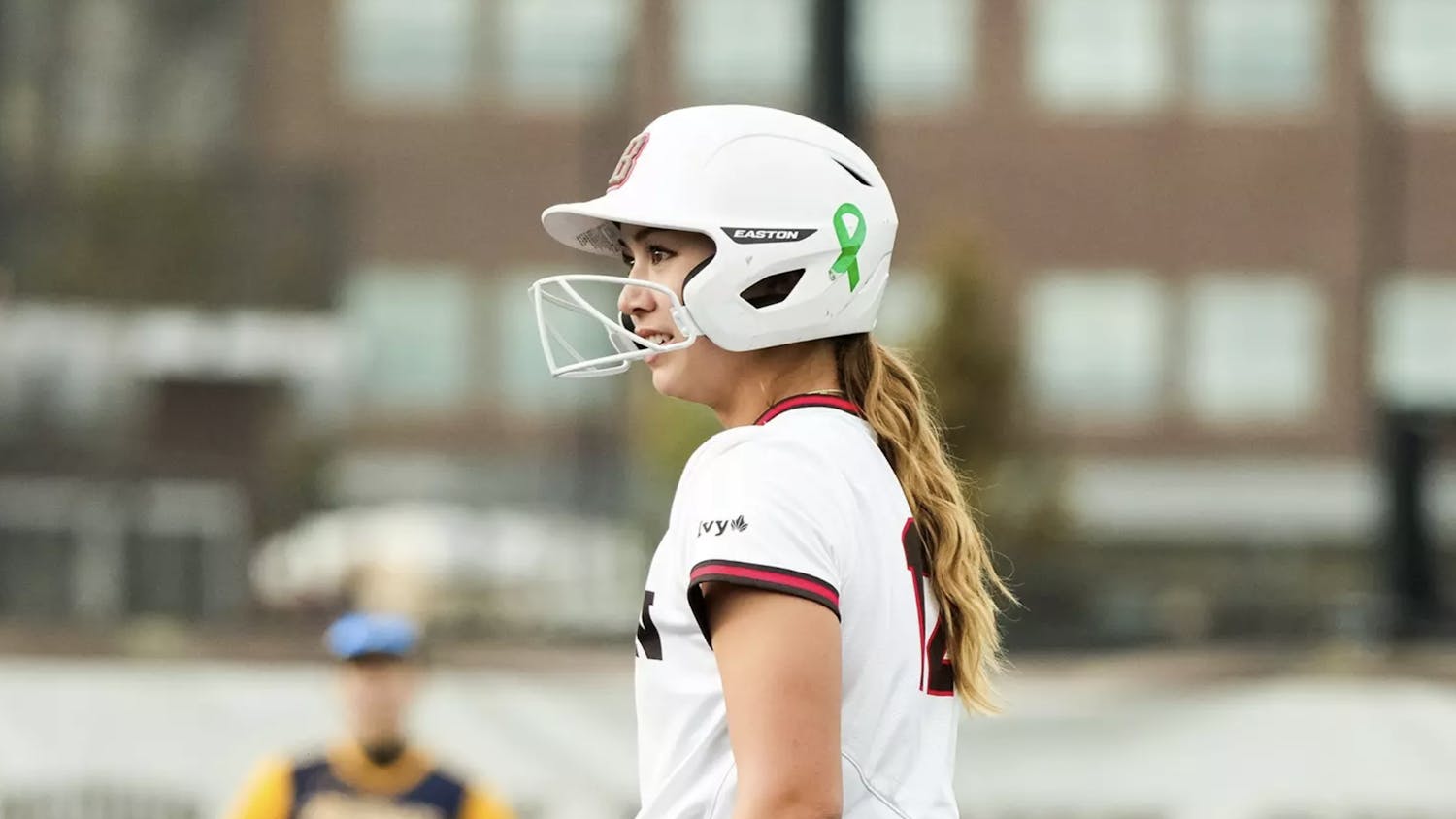The Cubs’ historic World Series victory over the Indians is still fresh in everyone’s minds, especially after the roller coaster seventh game. During the marathon final act of what had been a thrilling World Series, I had time to think during a 17-minute rain delay, but not about the game. I thought about why the Indians are called the Indians. The inherent political incorrectness struck me first, but after, I noticed that the repeated phonetic sounds in Cleveland and Indians give the name a ring (but doesn’t absolve them of the insensitive mascot).
The origin of Cleveland’s team’s name — and that of other teams in Major League Baseball — opens an interesting can of worms. Many of the teams’ names reflect the city’s culture and trends, factors pulling at the team and the tenor of the United States at the time the team was christened. MLB is a league that is inextricably linked to the history of America and its cities, and team names reflect that. While a lot of the youngsters out there may not agree, I think baseball history is riveting.
But Charlie, isn’t there a World Series to recap? Didn’t the National Hockey League and National Baskeball Association seasons just start? Aren’t there more pressing sports issues that must be addressed this week? The answer is yes, but I’m in the mood for some fun this week.
While its name has been the subject of recent debate, Cleveland’s baseball team has not always had this name. Around the turn of the century, the team was called the Bluebirds, which was soon shortened to the Blues. Napoleon Lajoie emerged as the Cleveland star in the early 20th century, winning the American League Batting Championship in 1901, 1903 and 1904. The Blues were renamed the Naps after Lajoie from 1903 until his severing of ties with the team in 1915. The Indians, to some degree, owe their name to Louis Sockalexis, a Penebscot Native American from Maine. After finishing his standout career at Holy Cross in Worcester, Mass., Sockalexis played 14 impressive seasons with the Cleveland Naps before retiring in 1915. When deciding what to rename the club, the owners took into account Sockalexis’ impact on the team as well as the support from an energetic fanbase and success the Boston Braves were experiencing after winning the 1915 World Series. The team landed on Indians for their post-1915 name, and that name has come under more and more fire over time.
Like the Indians, the Atlanta Braves’ name is rooted in Native American culture. The team originated in Boston, and the name it landed on is an allusion to corrupt politician James Gaffney, who was the president of the team in 1911. Gaffney was a member of Tammany Hall, the political machine that controlled New York City in the early 1900s. Tammany Hall owes its name to a Delaware Valley Native American cheif, Tammamend, and as a result, used a headdress as its emblem. Tammany Hall’s politicians, including the infamous Gaffney, became known as Braves, and the team referenced its owner’s corruption by naming itself the Braves — and, let’s face it, is an improvement from its former name, the Doves. The Doves are about as good a mascot as the Blue Jays or Orioles. The Braves played in Boston until 1953, after which they moved to Milwaukee, and then to Atlanta in 1966, retaining the Braves name through each move.
The Dodgers franchise started in Brooklyn, and only moved to Los Angeles before the 1958 season. What is a dodger? What are they trying to dodge? The Brooklyn team’s name was originally the Grays, but the Trolley Dodgers became the team’s colloquial moniker at the turn of the century. At that point, the Trolley Dodgers’ Eastern Park neighbored a number of trolley stations, and the New York trolleys were particularly precarious because they had just switched from horse-power to electrical power, often running fast and out of control. Thus, dodging the city’s trolleys became a pastime for Brooklyn in the early 20th century until the transit system eventually improved. Though the team was known as the Dodgers by fans, its official name did not change until 1933, when the team’s uniforms printed Dodgers across the chest. Though the name was of local significance, when the team moved to Los Angeles in 1958, the Dodgers stuck.
The Cincinnati Reds also have an interesting story of how they landed on their current name. The Cincinnati Red Stockings were founded in 1869, but operations were soon shut down because National League President William Hulbert sold beer during games and operated the stadium on Sundays (God forbid either of those things happened today). Former Red Stockings players went to Boston and are the origin of both the Boston Red Sox’s name and that of the Boston Braves. The team rejoined the National League in 1890, and its name soon evolved to the Cincinnati Redlegs, which was soon officially shortened to Reds. But in the heat of Cold War from 1956 to 1960, the Reds organization feared that its name would be associated with communism, so the name was changed back to the Redlegs. The team struck the word Reds from their hats, and just put a C for Cinncinati. The team was renamed the Reds in 1961, but it took until 1967 for the original uniforms to be restored.
A common man’s game, baseball is America in microcosm. From the graft of the Gilded Age to more recent pushes for sensitivity, trends in baseball reflect larger events and currents in America, and team names have their own place in this rich history.
Charlie Blasberg ’18 is looking forward to discussing these more pressing sports issues. He can be reached at charles_blasberg@brown.edu.




